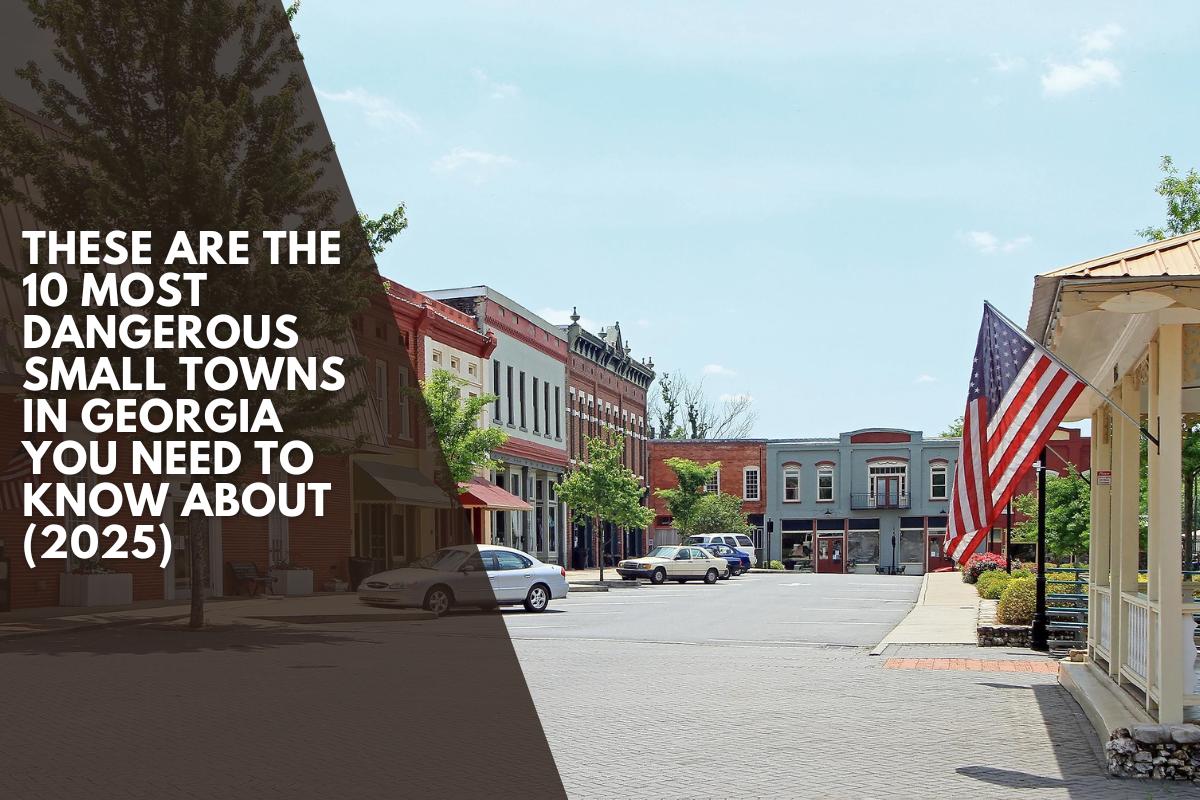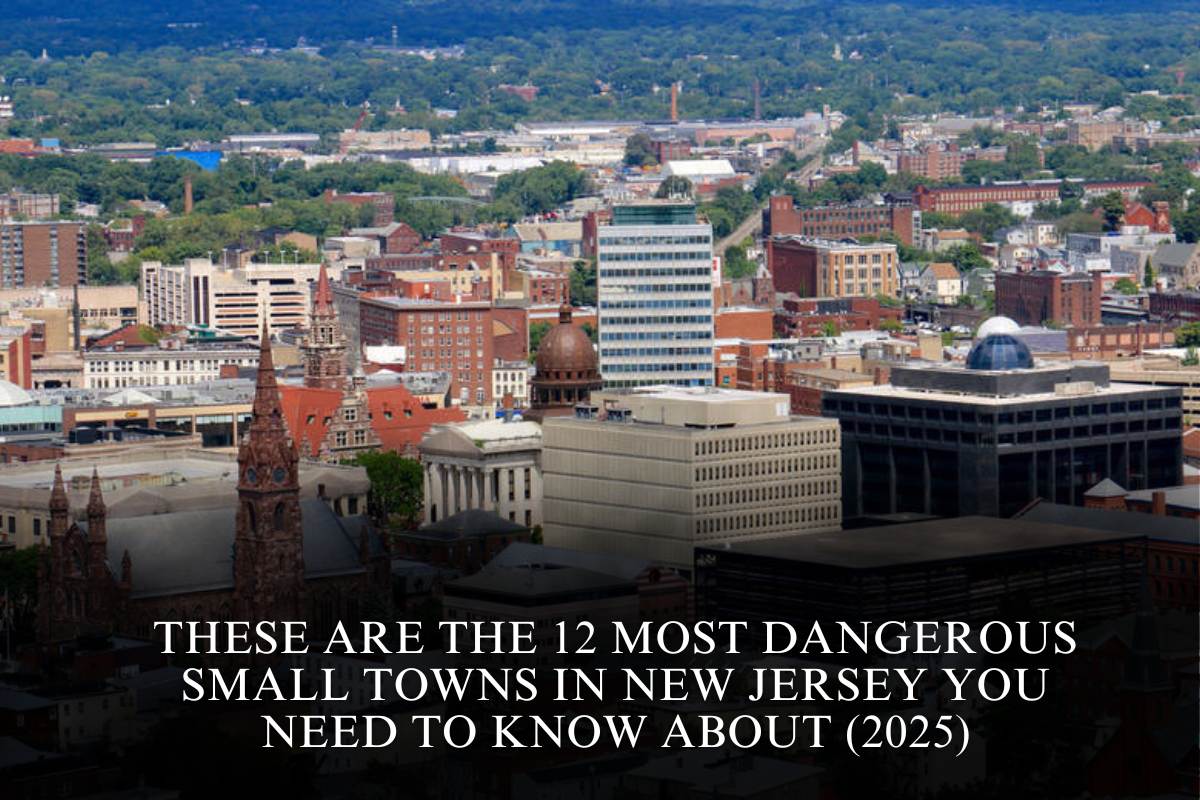Georgia has many charming small towns, but some struggle with higher crime rates, making safety a concern for residents and visitors. Here are the 10 most dangerous small towns in Georgia in 2025, based on violent and property crime statistics.
1. College Park
College Park is ranked the most dangerous small town in Georgia, with a violent crime rate of 1,559 incidents and a property crime rate of 7,199 per 100,000 residents. Proximity to Hartsfield-Jackson airport and socioeconomic challenges contribute to its high crime rates, including assault, robbery, burglary, and car theft.
2. Cordele
Cordele reports alarmingly high violent crime rates of 1,757 per 100,000 residents and property crimes at 5,042 per 100,000. Economic hardship and high poverty rates with a median household income around $21,350 drive continuing issues with assaults, theft, and related offenses.
3. Americus
Americus, with a population of about 15,300, faces violent crimes at 1,353 per 100,000, three times higher than the state average. The city struggles with poverty (around 25%), gang activity, and drug trafficking, contributing to its crime challenges.
4. Griffin
Griffin experiences around 4,890 property crimes per 100,000 residents. The city’s proximity to Atlanta and its employment issues relate strongly to its crime rates, including assaults and theft.
5. East Point
East Point, near Atlanta, records 1,466 violent offenses per 100,000 people, largely fueled by gang-related activity and armed assaults. It faces challenges related to robbery and violent crime spikes.
6. Douglasville
Douglasville has seen rising crime with an overall crime rate nearing 5,775 incidents per 100,000 residents. Break-ins, assaults, and property crimes remain significant concerns for this growing suburb.
7. Hapeville
Though small, Hapeville reports high property crime, with rates around 5,528 per 100,000 residents. This town struggles with frequent burglaries and vehicle thefts despite local crime reduction efforts.
8. Albany
Albany is known for escalating violent crime rates, including shootings and assaults, with approximately 6,900 incidents per 100,000 residents. Economic difficulties and gang-related violence contribute to safety challenges.
9. Jesup
Jesup, with a crime rate of 5,779 incidents per 100,000, reflects significant violent and property crime prevalence. Poverty and limited job opportunities are major drivers behind the criminal activity.
10. Brunswick
Brunswick, popular with tourists, has high rates of theft, break-ins, and other property crimes, making it another small town with concerning public safety indicators.
Safety and Community Efforts
While crime rates remain high in these towns, many local governments, law enforcement agencies, and community organizations are actively strategizing to improve safety through community policing, economic revitalization, and public awareness campaigns. Residents are encouraged to remain vigilant and take safety precautions such as installing home security systems and fostering neighborhood watch programs.
Understanding Crime in Small Towns
Crime in small towns is often linked to economic hardships, unemployment, and drug-related issues. Tackling these root causes requires collaboration between local authorities, social services, and community members to create sustainable solutions for long-term safety improvements.
Sources
(https://reolink.com/blog/most-dangerous-cities-in-georgia/)
(https://www.safehome.org/safest-cities/ga/)
(https://emcsecurity.com/georgias-most-dangerous-cities/)
(https://www.sftriallawyers.com/blog/most-dangerous-cities-in-georgia/)
(https://www.mailletcriminallaw.com/blog/georgia-crime-rate-by-city/)







